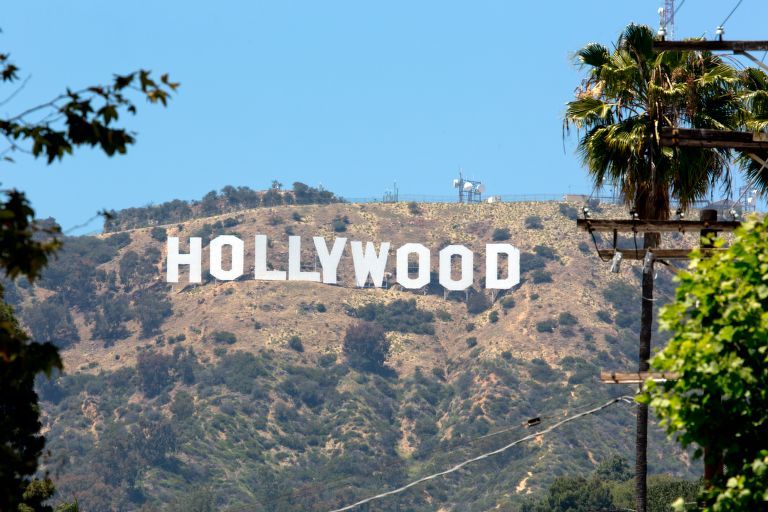The word on Business Leadership Street is that micro-managing is a bad thing… But when you’ve got a video to produce for your organization, focused micro-management can save you from costly overruns! If you hire the right people, you shouldn’t have to micro-manage their creative or technical skills. They’ll know exactly how to get the job done, will fix any problems that come up – or come to you to resolve them. But that’s the problem… You don’t want to be resolving anything on a shoot day. That’s how delays are caused – and delays can be costly. To get ahead of this, some focused micro-managing could be the answer. Let me explain… The Chicago Agency’s client is on the 4th floor of an early 1900s brick-and-beam warehouse in downtown Toronto. The first frame of the storyboard shows a man in his early 30’s standing in front of the building. He introduces the company, then turns and enters. Inside, he speaks to camera as he steps onto an elevator and pushes the 4th floor button. He continues while riding the elevator, walking through reception and office. On paper, this video looks like a cake walk. Easy. A one-day shoot… Downtown Toronto, isn’t the quietest place. Rumbling street cars, rush-hour traffic, beeping delivery trucks and ongoing construction are all a Sound Recordist’s, worst nightmare! This, however, was mild compared with what I found inside… Why do we need wall-to-wall mirrors in elevators? Filming a subject in a confined space is hard enough, but add mirrors that reflect the camera crew into the scene – not good! Elevators also create lots of noise. Loud circulation fans constantly spin, chimes ring with each passing floor and air howls with the car’s rise or descent. This particular elevator pushed us deeper into ‘audio-hell’ when a digital voice announced that I had arrived at the 4thfloor. I can go on about other shoot-day challenges on this project, but I trust you get my point. If you don’t have time to dissect the potential location challenges yourself, make sure your Producer does. A typical video crew is a collaboration of people with specific skills trained to focus a specific job. Make-up Artists do Make-up. Camera Operators handle the camera. Grips look after lighting. So, unless you or your Producer go ‘big picture’ and pave the way by removing obstacles that could prevent the crew from doing their jobs, nobody else will! Identifying potential issues is at the top of my list before a shoot and meeting with my client, staff, and others who know the space is a great way to open things up. If your Producer doesn’t do this, a bit of micro-managing may be in order. And if you don’t have a Producer, sit down with your Videographer to confirm that everything is good to go. Walk the location with them and ask questions about sound quality, noise and visuals. I always do this with my DP’s, Camera Operators, or other members of my crew, and you should too. There are a lot of moving parts in a video production and keeping all the parts moving forward during a shoot day is what stops your costs from moving deep into the red.A Bit of Focused Micro-Management
Location, Location – Part 2 …
On paper, thisvideo looks likea cake walk. Easy.A one-day shoot...
Mirrors and more mirrors!

ISPOT MEDIA INC. presents an amazing VIDEO CONTENT MARKETING RESOURCE titled THE STUFF OF GREAT VIDEO
producers of B2B, B2C & B2E award winning TV COMMERCIALS and CORPORATE VIDEO
The entire http://www.ispotmedia.com web site is Copyright ©1999-2022 by iSpot Media Inc. All Rights Reserved. The http://www.ispotmedia.com web site may not be copied or duplicated in whole or part by any means without express prior agreement in writing or unless specifically noted on the site. Some content contained on the site may be the copyrighted property of others; acknowledgement of those copyrights is hereby given. All such material is used with the permission of the owner.







